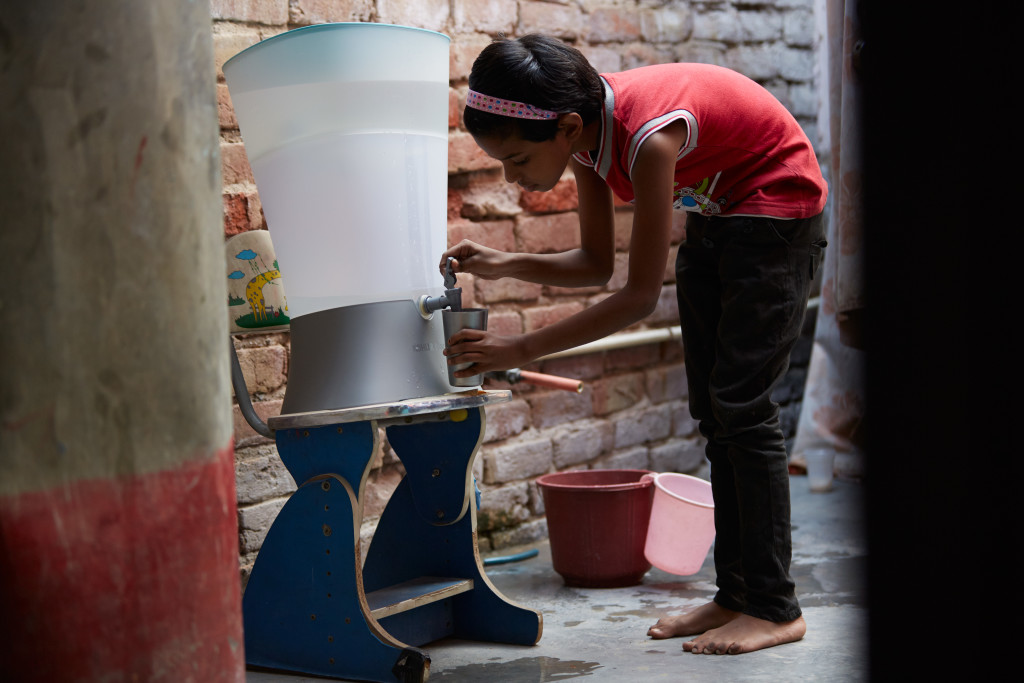
What happens when the water in your home isn’t safe to drink? Across the world, about 663 million people — 1 in 10 — don’t have access to clean water.
But in the amount of time it takes for us to go the kitchen, turn on the faucet, and fill up a glass, World Vision will have reached one new person with clean water — that’s about every 30 seconds.
World Vision, an international faith-based humanitarian organization, has been building on its initial success with USAID-funded water programs in Ghana in the 1980s. These projects now form the model for its newest partnership.
“If we can get businesses interested in helping fight poverty, the potential is enormous,” said Dr. Greg Allgood, Vice President for World Vision Water. That’s what happened with Kohler Co.
Kohler gets water — since 1873, they’ve been developing water technology for the home. Since then, the company has grown to become the most well known brand in kitchen and bath design.
Tim White, business development manager at Kohler, was looking for fresh ideas. “In our research into providing safe drinking water to all, we realized there was a tremendous opportunity to improve both the performance and design of the water filters currently available in developing nations,” said White, who saw an opportunity for Kohler to lend its expertise to global safe drinking water efforts.

“We wanted to build a filter that families were are proud to own and use for years in order to create the long-term health outcomes we all care about,” said White. “At Kohler, the way we approach a challenge is through innovation and high-quality design that we hope will inspire people wherever they live.”
The result is a ceramic filtration system named KOHLER® Clarity™, which first began field tests with World Vision in India, Lebanon, Kenya, and Zambia this past November. The reservoir can be worn on the back for easy carrying, and doesn’t need electricity, since it works solely based on gravity.

The elegantly designed filter (its simple architecture makes it both easy to clean and attractive!) creates up to 40 liters of water each day, which meets the needs of a typical family. The filtration process removes over 99 percent of bacteria and protozoa from drinking water, helping cut the risk of water-borne illnesses — which kills approximately 842,000 people each year — by 45 percent.
The cost was also taken into consideration. “It costs less than two pennies a day to operate, which is ideal for our NGO partners like World Vision,” said White. It was even sustainably developed: the lid, base, and nut contain recycled plastics from toilet seat production.
Kohler and World Vision are eager to see the potential impact as this partnership moves into the next phase — continuing to transform the water and health outcomes for families, homes, and communities across the world.
This article originally appeared on the USGLC Medium page, here.